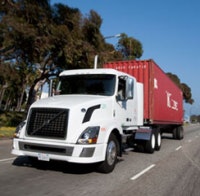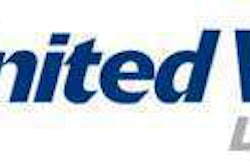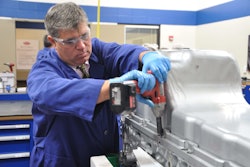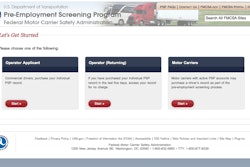
This year, the Port of Long Beach marked a major Clean Trucks Program milestone by banning thousands of older more polluting trucks and replacing them mostly with the white rigs that now service the port. In recent months, newer, cleaner diesel and liquefied natural gas trucks have been seen in increasing numbers, especially on the 710 Freeway, a main transportation corridor for cargo movement in and out of the port. At the same time, about 8,000 old trucks have been forever barred from the port under the Clean Trucks Program.
“This is a landmark achievement for the City of Long Beach, and on behalf of the port, I’d like to thank our partners in the trucking industry for supporting this program and purchasing clean trucks,” says Nick Sramek, president of the Long Beach Board of Harbor Commissioners. “Truck pollution is a major concern in Long Beach and the region. I’m very proud that we’re close to meeting our 2012 goal two years ahead of schedule.” About 90 percent of all truck engines now meet the strict U.S. Environmental Protection Agency 2007 emissions standards, for a pollution reduction of nearly 80 percent since the program began in 2008.
The port kicked off its Clean Trucks Program in October 2008 with a ban on all trucks built before 1989. As of New Year’s Day, all 1993 and older drayage trucks, as well as unretrofitted 1994-2003 trucks are banned. However, following the California Air Resources Board’s lead, about 1,300 trucks in this region have been granted a temporary exemption for owners who have obtained grant funding but still are awaiting delivery. About 250 more trucks also have been granted a temporary exemption if owners have executed a binding purchase agreement for a privately funded truck and still are awaiting delivery. For the exempted trucks, the owners have until the new truck is delivered or April 30, whichever comes first.
The final deadline will be Jan. 1, 2012, when all trucks entering port shipping facilities must meet the EPA 2007 standard. “As proud as we are of the Clean Trucks Program’s success, it’s just one example of the many ways we are tackling air pollution at the Port,” Sramek says. “The locomotives, the ships, tugboats, cargo equipment – if it creates pollution, we’re working on a way to clean it up.”










